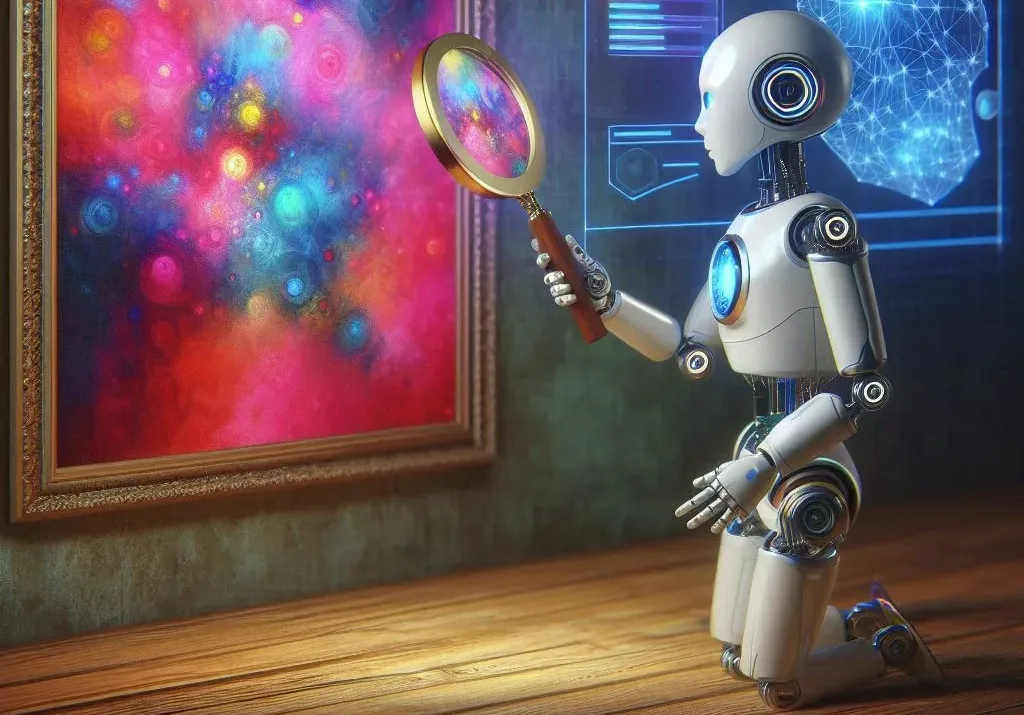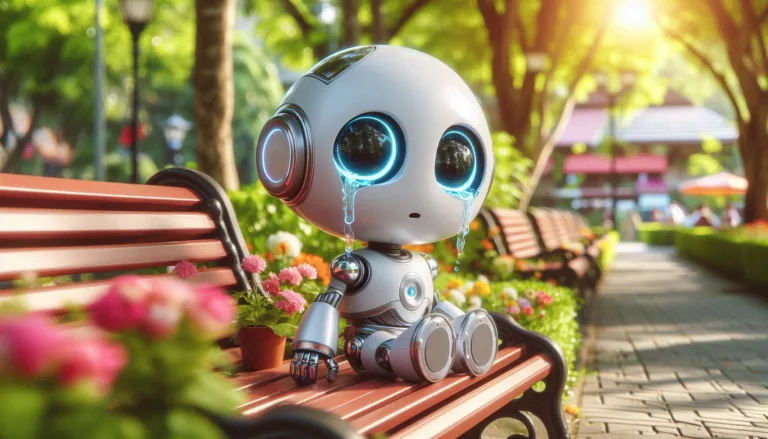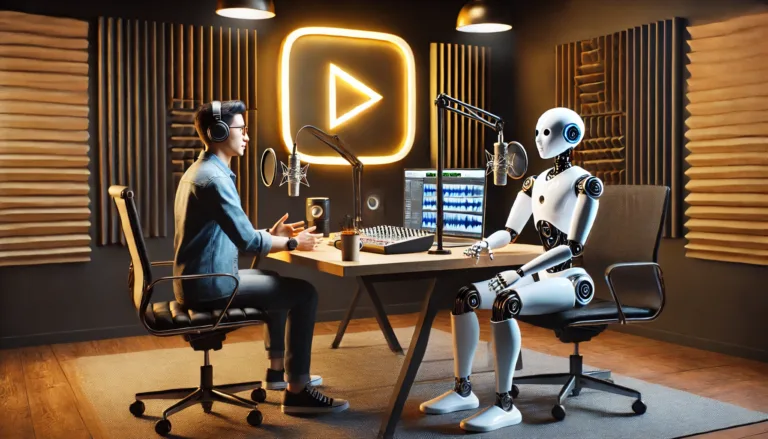Artificial Intelligence (AI) has revolutionized numerous fields, and image processing is no exception. The fusion of AI and image processing has opened up new possibilities, enabling machines to understand, analyze, and manipulate visual data with unprecedented accuracy and efficiency. This comprehensive guide will take you on a journey through the fascinating world of AI-powered image processing, from its fundamental concepts to advanced techniques.
1. Fundamentals of Image Processing
Before diving into the AI aspects, it’s crucial to understand the basics of image processing.
1.1 What is an Image?
In digital terms, an image is a two-dimensional array of pixels. Each pixel represents a single point in the image and contains information about color and intensity.
1.2 Color Models
- RGB (Red, Green, Blue): The most common color model, where each pixel is represented by three values corresponding to red, green, and blue intensities.
- CMYK (Cyan, Magenta, Yellow, Key/Black): Primarily used in printing.
- HSV (Hue, Saturation, Value): A more intuitive model for human perception.
1.3 Basic Image Operations
- Resizing: Changing the dimensions of an image.
- Cropping: Selecting a specific region of interest in an image.
- Rotation: Changing the orientation of an image.
- Brightness and Contrast Adjustment: Modifying the overall luminance and dynamic range of an image.
2. Introduction to AI in Image Processing
AI brings the power of machine learning and deep learning to image processing, enabling systems to learn from data and make intelligent decisions.
2.1 Machine Learning vs. Deep Learning
- Machine Learning: Algorithms that improve through experience and data.
- Deep Learning: A subset of machine learning that uses neural networks with multiple layers.
2.2 Convolutional Neural Networks (CNNs)
CNNs are the backbone of most AI image processing tasks. They are designed to automatically and adaptively learn spatial hierarchies of features from input images.
Key components of CNNs:
- Convolutional layers
- Pooling layers
- Fully connected layers
3. Image Classification
Image classification is one of the most fundamental tasks in AI image processing.
3.1 How It Works
- Input: An image is fed into the neural network.
- Feature Extraction: The network learns to identify relevant features.
- Classification: The extracted features are used to categorize the image into predefined classes.
3.2 Popular Architectures
- AlexNet
- VGGNet
- ResNet
- Inception
3.3 Transfer Learning
Transfer learning allows us to use pre-trained models on large datasets (like ImageNet) and fine-tune them for specific tasks, saving time and computational resources.
4. Object Detection
Object detection goes beyond classification by identifying and locating multiple objects within an image.
4.1 Two-Stage Detectors
- R-CNN (Region-based Convolutional Neural Networks)
- Fast R-CNN
- Faster R-CNN
4.2 Single-Stage Detectors
- YOLO (You Only Look Once)
- SSD (Single Shot Detector)
4.3 Anchor Boxes
Anchor boxes are predefined bounding boxes of various sizes and aspect ratios used to improve detection accuracy.
5. Semantic Segmentation
Semantic segmentation involves classifying each pixel in an image into a specific category.
5.1 Architectures
- FCN (Fully Convolutional Networks)
- U-Net
- DeepLab
5.2 Applications
- Medical image analysis
- Autonomous driving
- Satellite imagery analysis
6. Instance Segmentation
Instance segmentation combines object detection and semantic segmentation, identifying individual instances of objects and their precise boundaries.
6.1 Mask R-CNN
Mask R-CNN is a popular architecture for instance segmentation, extending Faster R-CNN by adding a branch for predicting segmentation masks.
7. Generative Models
Generative models in AI image processing can create new images or modify existing ones.
7.1 Generative Adversarial Networks (GANs)
GANs consist of two neural networks:
- Generator: Creates synthetic images
- Discriminator: Distinguishes between real and synthetic images
Applications:
- Image-to-image translation
- Super-resolution
- Style transfer
7.2 Variational Autoencoders (VAEs)
VAEs learn a compressed representation of images and can generate new images by sampling from this learned distribution.
8. Image Enhancement and Restoration
AI has significantly improved traditional image enhancement and restoration techniques.
8.1 Super-Resolution
Super-resolution techniques use deep learning to upscale images while preserving or even adding realistic details.
Example architectures:
- SRCNN (Super-Resolution Convolutional Neural Network)
- ESRGAN (Enhanced Super-Resolution Generative Adversarial Network)
8.2 Denoising
AI-based denoising algorithms can remove various types of noise from images while preserving important details.
8.3 Inpainting
Inpainting involves filling in missing or damaged parts of an image. AI models can understand context and generate realistic fillings.
9. Face Recognition and Analysis
Face recognition is a complex task that involves several steps:
- Face Detection
- Face Alignment
- Feature Extraction
- Face Matching
9.1 Deep Face Recognition
Deep learning models like FaceNet and DeepFace have significantly improved face recognition accuracy.
9.2 Facial Landmark Detection
Identifying key points on a face (eyes, nose, mouth) is crucial for many face analysis tasks.
9.3 Emotion Recognition
AI models can analyze facial expressions to detect emotions, with applications in human-computer interaction and market research.
10. Video Processing
AI image processing techniques can be extended to video, adding the dimension of time.
10.1 Action Recognition
Recognizing human actions in videos using 3D CNNs or recurrent neural networks.
10.2 Object Tracking
Tracking objects across video frames, crucial for applications like surveillance and sports analytics.
10.3 Video Summarization
Automatically creating concise summaries of long videos by identifying key frames or segments.
11. Advanced Techniques
11.1 Attention Mechanisms
Attention allows models to focus on the most relevant parts of an image, improving performance in various tasks.
11.2 Few-Shot Learning
Enabling models to learn from very few examples, crucial for tasks where large datasets are not available.
11.3 Self-Supervised Learning
Leveraging unlabeled data to improve model performance, reducing the need for large annotated datasets.
12. Ethical Considerations and Challenges
As AI image processing becomes more powerful, it’s crucial to consider its ethical implications:
- Privacy concerns in facial recognition
- Potential for creating deepfakes
- Bias in training data leading to unfair or discriminatory outcomes
13. Future Directions
The field of AI image processing is rapidly evolving. Some exciting future directions include:
- Multimodal learning: Combining image processing with natural language processing and other modalities
- Edge AI: Deploying efficient AI models on edge devices for real-time processing
- Explainable AI: Developing techniques to interpret and explain the decisions made by AI models in image processing tasks
14. Programming Examples
Let’s look at some code examples in popular programming languages to illustrate basic AI image processing tasks.
14.1 Python with OpenCV and TensorFlow
Image classification using a pre-trained MobileNetV2 model:
“`python
import tensorflow as tf
from tensorflow.keras.applications.mobilenet_v2 import MobileNetV2, preprocess_input, decode_predictions
import numpy as np
import cv2
# Load pre-trained MobileNetV2 model
model = MobileNetV2(weights='imagenet')
# Load and preprocess image
img_path = 'path/to/your/image.jpg'
img = cv2.imread(img_path)
img = cv2.cvtColor(img, cv2.COLOR_BGR2RGB)
img = cv2.resize(img, (224, 224))
img = preprocess_input(img)
img = np.expand_dims(img, axis=0)
# Make prediction
predictions = model.predict(img)
decoded_predictions = decode_predictions(predictions, top=3)[0]
# Print results
for i, (imagenet_id, label, score) in enumerate(decoded_predictions):
print(f"{i + 1}: {label} ({score:.2f})")14.2 JavaScript with TensorFlow.js
Object detection using a pre-trained COCO-SSD model:
“`javascript
import * as tf from '@tensorflow/tfjs';
import * as cocoSsd from '@tensorflow-models/coco-ssd';
async function detectObjects(imageElement) {
// Load the COCO-SSD model
const model = await cocoSsd.load();
// Detect objects in the image
const predictions = await model.detect(imageElement);
// Process and display results
predictions.forEach(prediction => {
const [x, y, width, height] = prediction.bbox;
console.log(`Detected ${prediction.class} with confidence ${prediction.score} at [${x}, ${y}, ${width}, ${height}]`);
});
}
// Usage
const img = document.getElementById('inputImage');
detectObjects(img);14.3 C++ with OpenCV and Darknet (YOLO)
Real-time object detection using YOLOv3:
“`cpp
#include <opencv2/opencv.hpp>
#include <darknet.h>
int main() {
// Load YOLO network
char *cfgfile = "yolov3.cfg";
char *weightfile = "yolov3.weights";
network *net = load_network(cfgfile, weightfile, 0);
set_batch_network(net, 1);
// Open video capture
cv::VideoCapture cap(0);
if (!cap.isOpened()) return -1;
cv::Mat frame;
while (true) {
cap >> frame;
if (frame.empty()) break;
// Prepare image for YOLO
image img = mat_to_image(frame);
image sized = letterbox_image(img, net->w, net->h);
// Run detection
float *X = sized.data;
network_predict(net, X);
int nboxes = 0;
detection *dets = get_network_boxes(net, frame.cols, frame.rows, 0.5, 0.5, 0, 1, &nboxes);
// Draw bounding boxes
for (int i = 0; i < nboxes; ++i) {
int class_id = -1;
float best_class_prob = 0;
for (int j = 0; j < 80; ++j) {
if (dets[i].prob[j] > best_class_prob) {
best_class_prob = dets[i].prob[j];
class_id = j;
}
}
if (class_id >= 0) {
box b = dets[i].bbox;
int left = (b.x - b.w / 2.) * frame.cols;
int top = (b.y - b.h / 2.) * frame.rows;
int right = (b.x + b.w / 2.) * frame.cols;
int bottom = (b.y + b.h / 2.) * frame.rows;
cv::rectangle(frame, cv::Point(left, top), cv::Point(right, bottom), cv::Scalar(0, 255, 0), 2);
}
}
cv::imshow("YOLO Object Detection", frame);
if (cv::waitKey(1) == 27) break; // ESC key
free_detections(dets, nboxes);
free_image(img);
free_image(sized);
}
cap.release();
cv::destroyAllWindows();
return 0;
}Conclusion: AI image processing is a vast and rapidly evolving field with numerous applications across industries. From basic image classification to advanced generative models, the integration of AI has transformed how we interact with and analyze visual data. As hardware capabilities improve and new algorithms are developed, we can expect even more exciting advancements in this field.
Whether you’re a beginner just starting to explore AI image processing or an advanced practitioner looking to push the boundaries, there’s always something new to learn and discover. By understanding the fundamentals and keeping up with the latest techniques, you’ll be well-equipped to harness the power of AI for image processing in your own projects and applications. Remember that while the examples and concepts covered in this guide provide a solid foundation, the field is constantly evolving. Staying curious, experimenting with new techniques, and keeping an eye on research publications will help you stay at the forefront of AI image processing.




